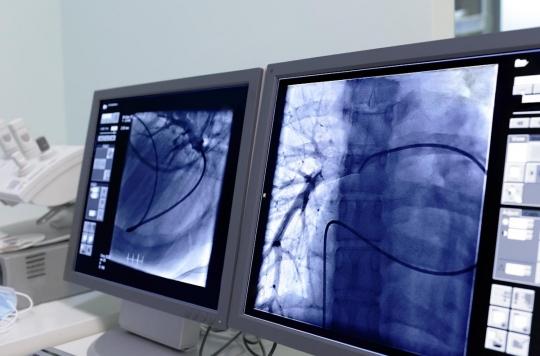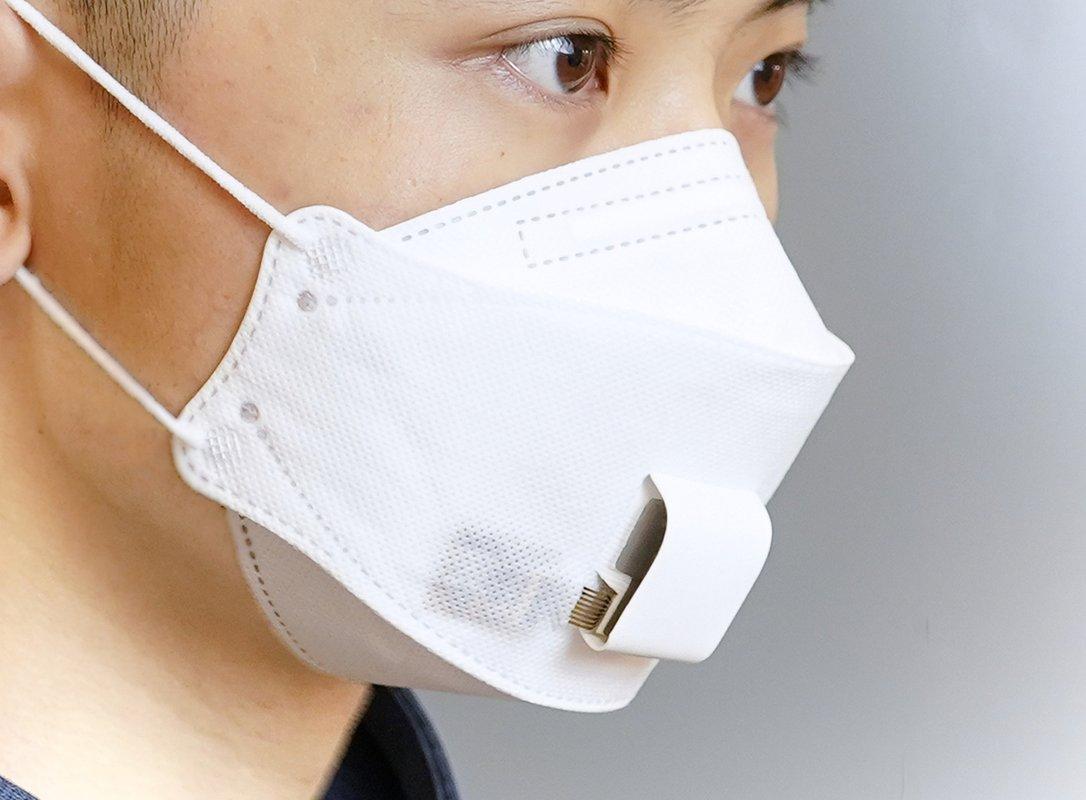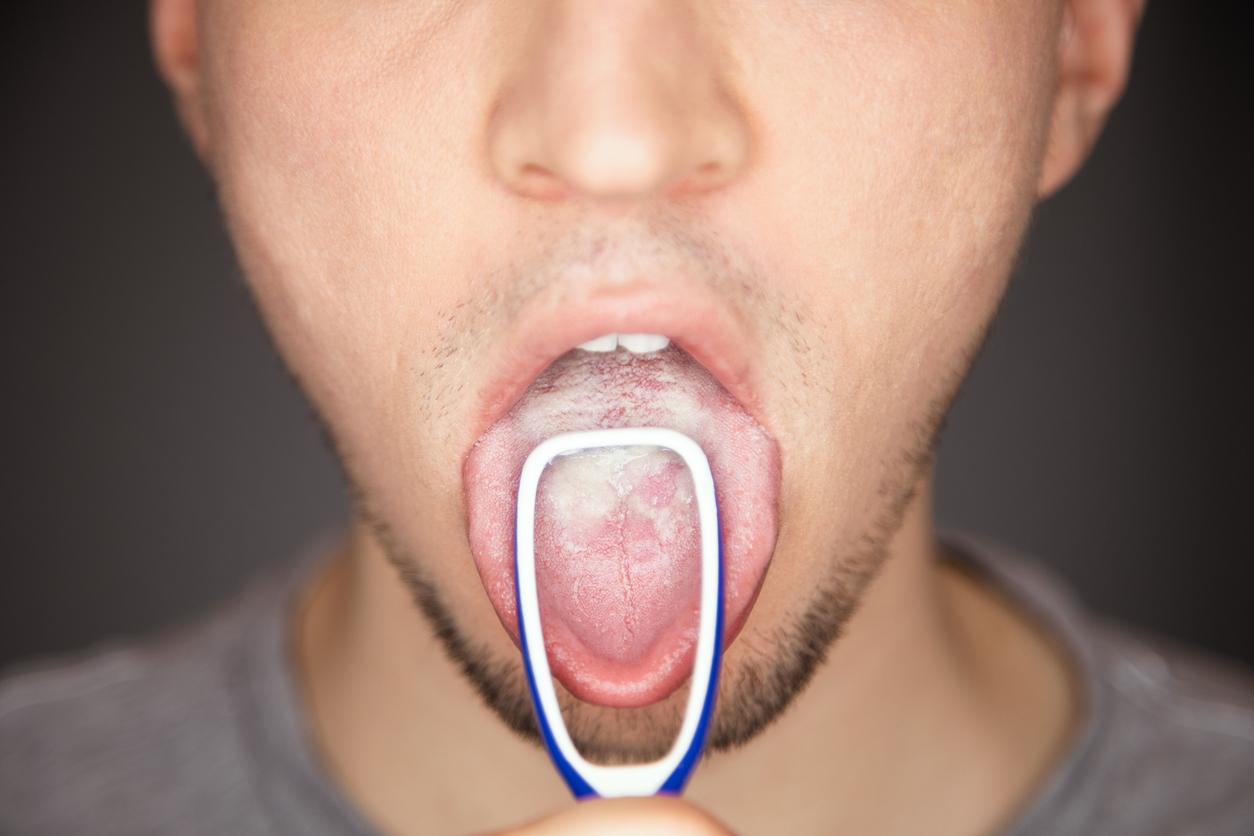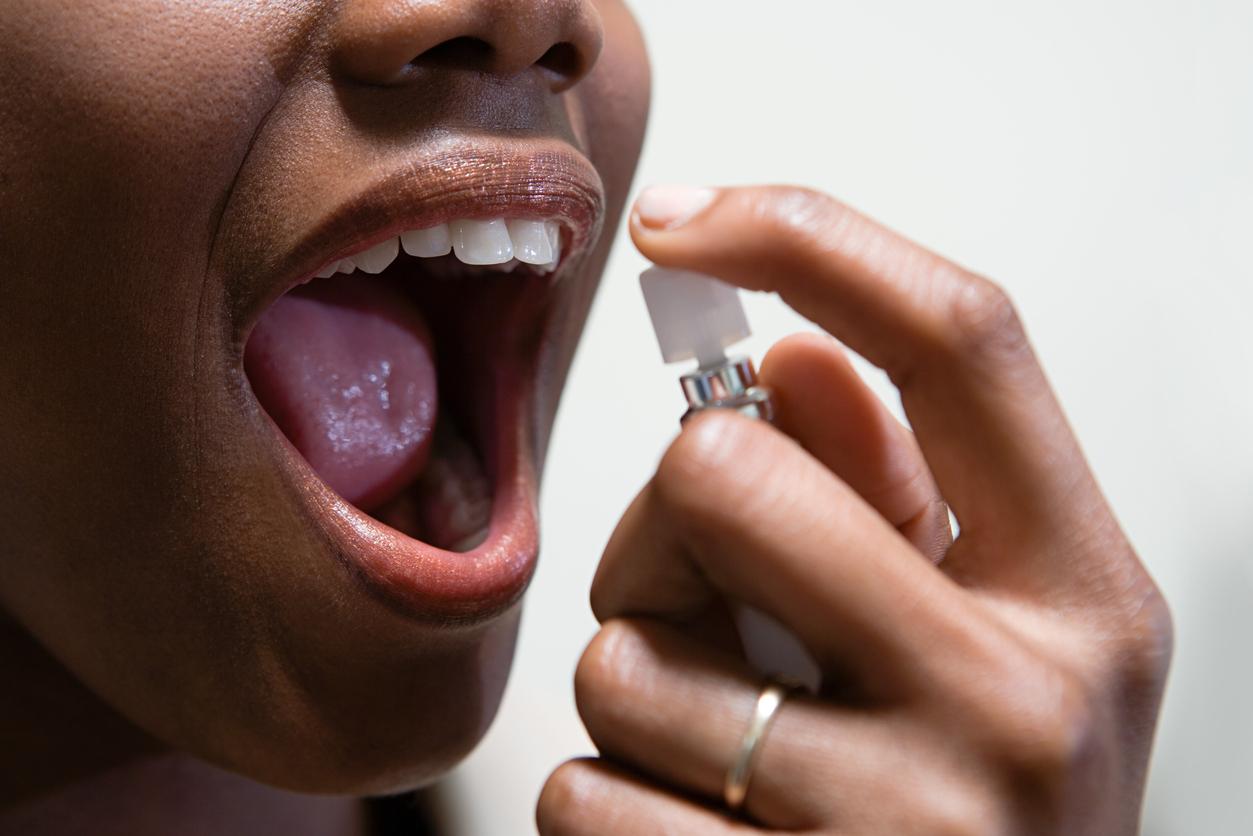The Foch hospital in Suresnes has developed a non-invasive technology capable of diagnosing a respiratory disease by analyzing the breath of patients.

Designed and set up at Foch Hospital in the pneumology department, the program VolatolHom would diagnose a disease by blowing into a machine called the “mass spectrometer”. “An extremely simple, non-invasive technique”, unique in Europe, writes the establishment in its Press releasebased on the fact that each pathology benefits from an olfactory imprint.
A disease has a smell
For example, some dogs can detect cancers of the thyroid, prostate or breast long before symptoms appear. Performance due to the fact that “cancer cells release olfactory molecules that can be found in the blood, breath, sweat or urine and that the dog is able to recognize”. Recently, we also told you about a woman who was able to diagnose Parkinson’s disease just by the smell of a person.
Starting from the postulate that a disease has an odor, the researchers created a technology based “on the analysis of all the volatile organic compounds (VOC) contained in our exhaled air with the aim of simply and quickly diagnosing diseases”. In short, a machine capable of “identifying and measuring very precisely the molecules found in exhaled air and identifying biomarkers characteristic of certain pathologies.”
A million data collected by breath
“There are two main objectives,” explains theProfessor Philippe Devillier, in charge of the research program with Professor Louis-Jean Couderc: “The first obviously concerns disease screening using a simple and non-invasive technique”. The second is to “identify patients who will respond to treatment”.
Indeed, treatments such as immunotherapy or monoclonal antibodies are very expensive and do not have the same efficacy in all patients. Anticipating in advance if a treatment can be beneficial to a patient, would reduce costs and offer appropriate treatments.
But how does this mass spectrometer work? “The analysis of exhaled air by the mass spectrometer performs an analysis of the molecules contained in the exhaled air every millisecond, explains Professor Devillier. When a patient blows into this machine for 2 seconds, we have 2,000 measurements of about 500 different molecules, or about 1 million data. You can well imagine that these are dimensions that go far beyond anything that can be recovered during conventional biological examinations.
.
















